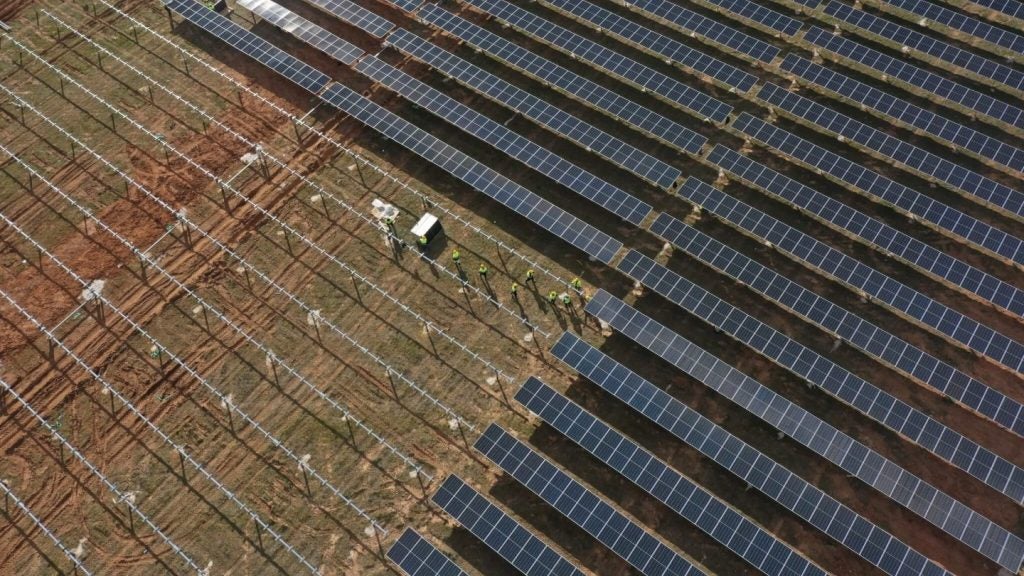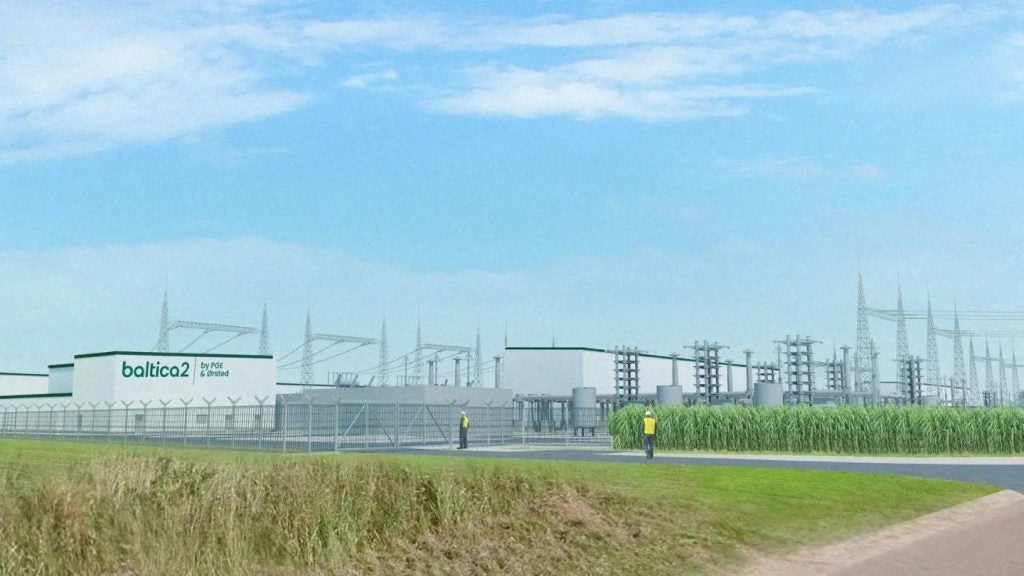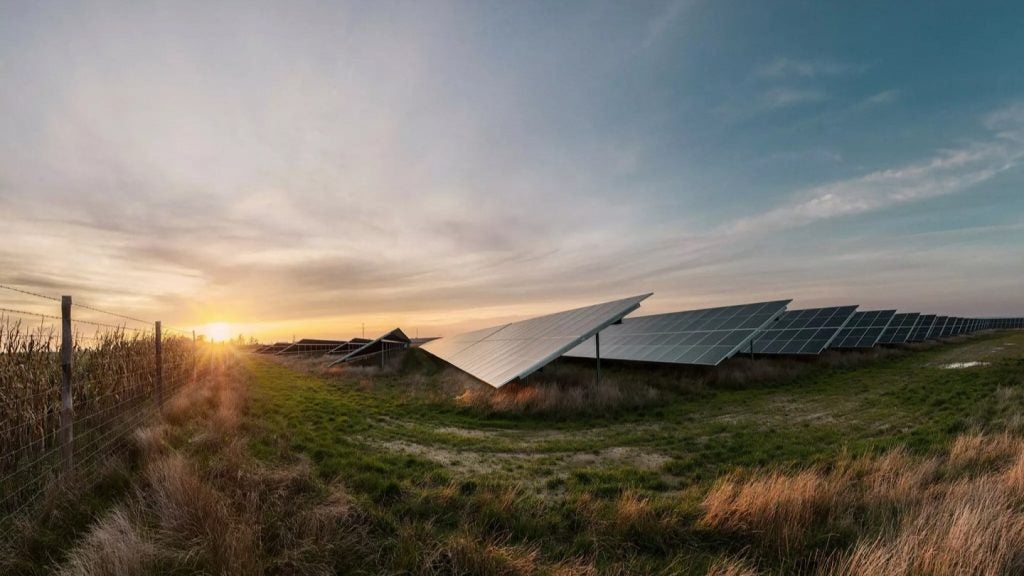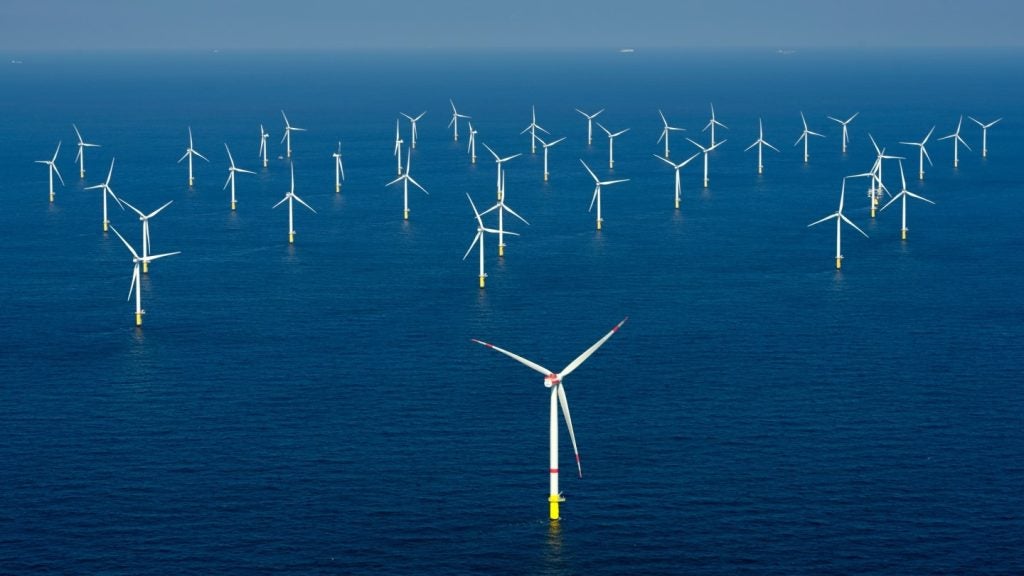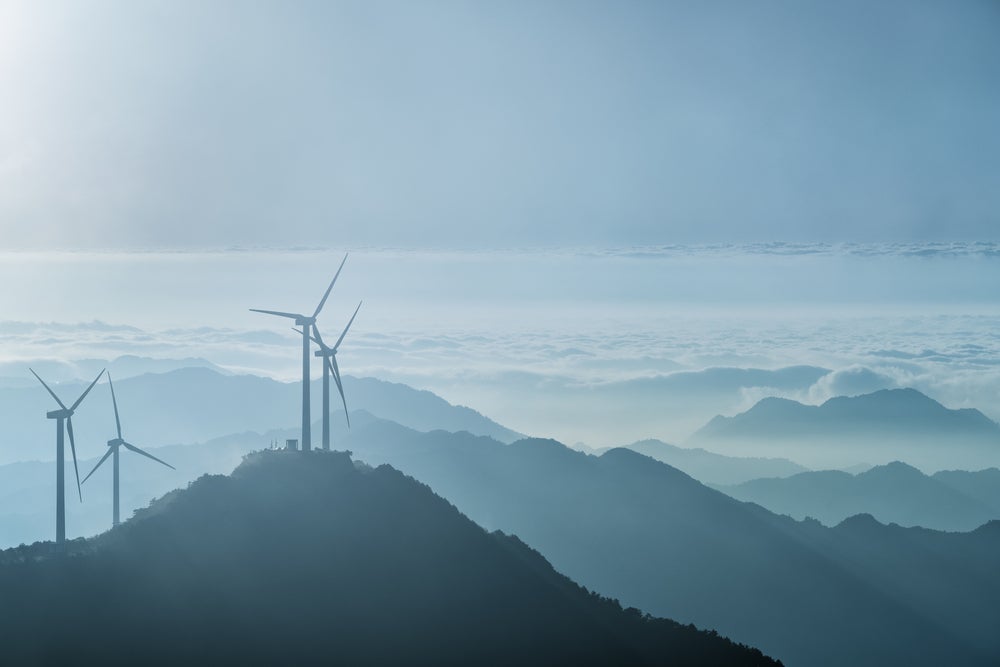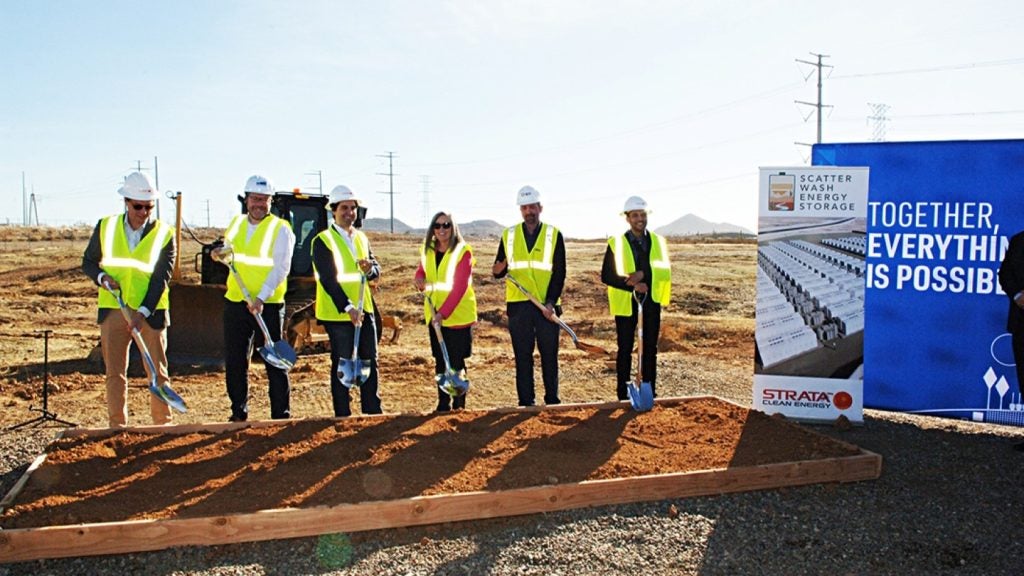Solaria Energía y Medio Ambiente (Solaria), a Spanish renewables developer, has secured administrative construction authorisation for its 595MW Garoña photovoltaic (PV) project in Spain.
The authorisation aligns with the company's goal to expand its capacity to 3GW by the end of 2024.
To be built on the site of the decommissioned Santa María de Garoña nuclear power plant in Burgos province, the new solar facility is set to provide a sustainable and cost-effective energy solution, generating enough electricity to meet the annual needs of the entire province of Burgos and power 300,000 homes.
The construction of the Garoña solar park will create 2,400 jobs, with a focus on local employment.
The park will also contribute to indirect job creation and will have a productive lifespan of 30 years.
Solaria general manager Darío López stated: “Obtaining the Administrative Construction Authorisation is great news for us, for the province of Burgos and for society as a whole. This project is a clear example of energy transition and, in addition, it will have a revitalising effect on the economy of the Bureba region”
In September 2023, the company secured $1.8bn (€1.7bn) in framework financing from the European Investment Bank (EIB).
This will support the construction of 20 PV power plants across Spain, Italy and Portugal.
The framework agreement includes a long-term project finance structure with multiple loans from financial institutions.
An initial loan of €278m will facilitate the construction of solar plants with a combined capacity of 1.8GW.
The plants will produce 9.29 terawatt-hours of clean energy annually.
They will be operational by the end of 2028, contributing significantly to the region's renewable energy output.
Also in September 2023, Indarberri, a joint venture between Solaria and the Basque Energy Agency, received positive environmental impact statements for the Vitoria 1 and Vitoria 2 solar plants, with a total capacity of 100MW.
To be located in the Basque country, these plants will power 60,000 homes annually while preventing 50,000 tonnes of CO₂ emissions.


